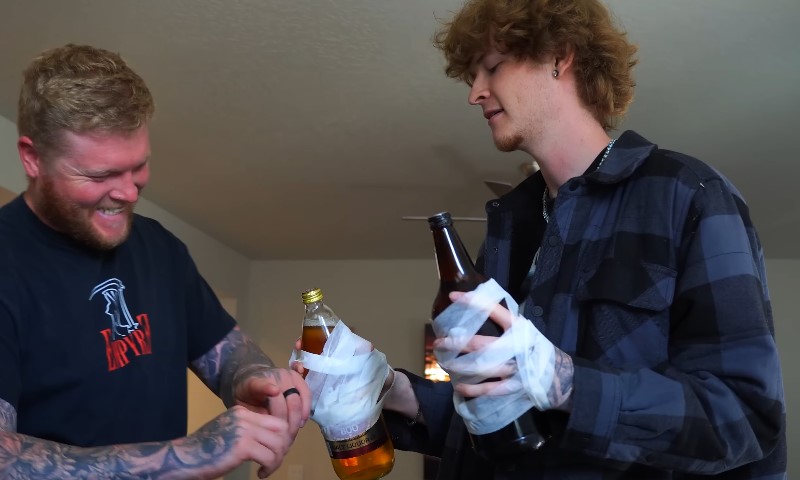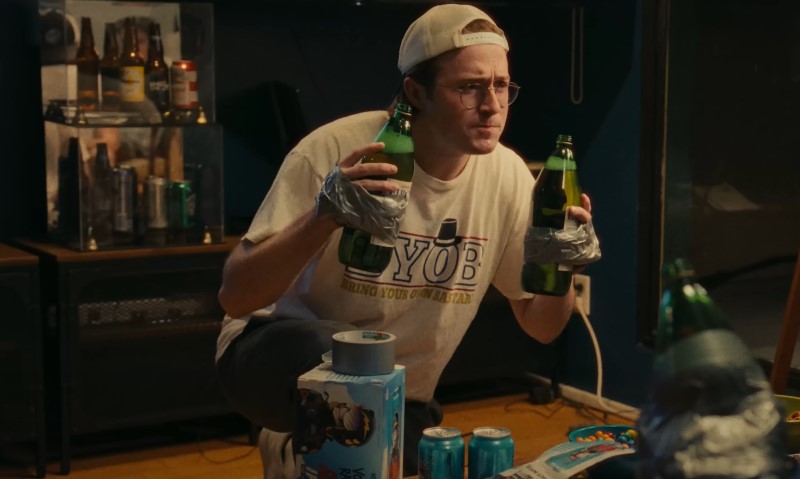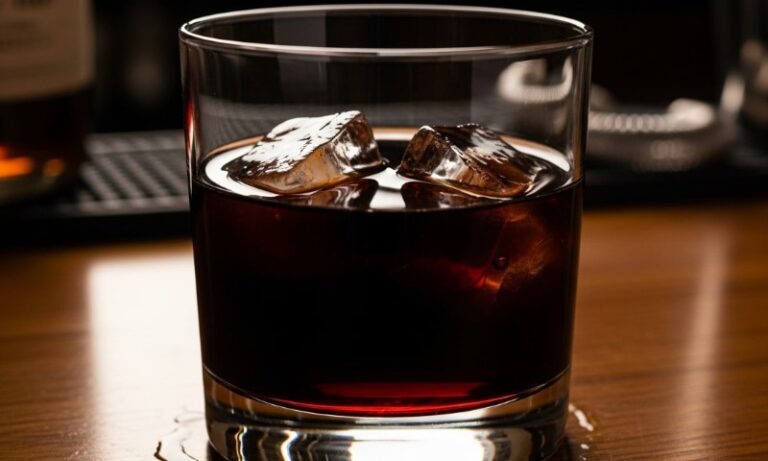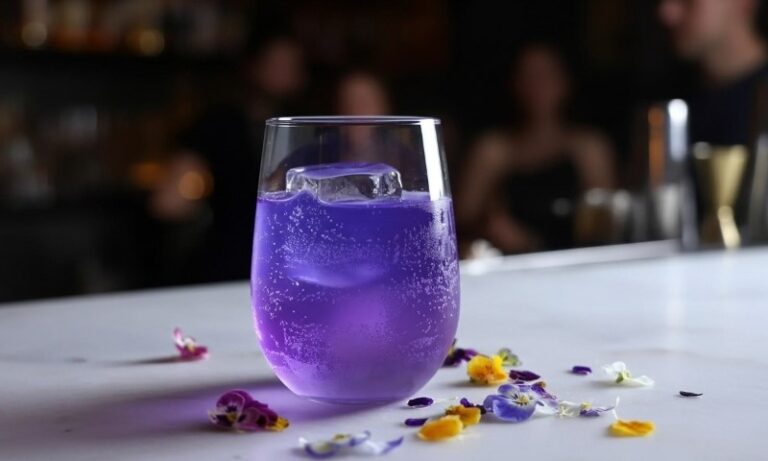Late Friday night, you lean over a table strewn with solo cups, someone produces duct tape and two towering 40-ounce bottles. Laughter ripples. A dare is made. Someone shouts “Edward Fortyhands.” Suddenly, you find yourself taped to a beer in each hand, no thought to how you’ll call an Uber, or even pee, until both are drained.
It seems ridiculous. Funny, even. But it’s also dangerous. And that’s what makes Edward Fortyhands both infamous and destructive.
At first glance, it’s a stunt, a party trick. Once in motion, it turns into a test of stamina, peer pressure, and often regret.
Behind the folklore lies a messy reality. I want to walk through how it works, where it came from, what the risks are, and what students or hosts can do to stop things before they spiral.
Edward Fortyhands Rules
- Tape a 40-ounce bottle (beer or malt liquor) to each hand.
- You must keep both bottles taped until each one is finished.
- Bathroom breaks, phone use, and opening doors all become logistical battles.
- “Winner” is whoever finishes first; “loser” faces humiliation, vomiting, injury.
- No safe exit mid-game: once it starts, the pressure is on.
The format rewards speed, not moderation. Games like this are built so that pacing is nearly impossible.
Research into drinking game formats categorizes games like Edward Fortyhands among those that reward heavy, rapid consumption or finishing a drink, particularly dangerous because they provoke sharp spikes in blood alcohol concentration.
Where Edward Fortyhands Came From
Tracking a singular inventor is a fool’s errand. One drinks journalism outlet, Punch, collected recollections from early 2000s campus legends and documented variants like “Edward Ciderhands,” and others.
Tape and cheap 40s were plentiful; the idea was absurd, so it caught on. The prankish spirit carried it across campuses. Once someone sees a photo or video, others replicate.
In oral history and campus culture, the game spread by word of mouth. Students told friends, who tried it, recorded it, and posted it. That viral loop is exactly the kind universities later grapple with when campus safety offices ask, “How did this start?”
Why Health Experts Flag It as High Risk
Health professionals see Edward Fortyhands as a textbook example of binge drinking built into a game.
Binge Drinking by Design
Edward Fortyhands is engineered to push participants into binge territory. The National Institute on Alcohol Abuse and Alcoholism defines binge drinking as raising blood alcohol concentration (BAC) to 0.08 percent or more in a short time. For many men, that means five standard drinks in about two hours; for many women, four.
A “standard drink” has 14 grams of pure alcohol. But many 40-ounce malt liquors exceed typical beer ABVs, so one 40 may count as more than three standard drinks.
Two of them? You’re looking at six to eight or more standard drinks. A person can cross binge thresholds very quickly, no surprise, no warning.
What the National Data Shows
- In 2024, an estimated 57 million U.S. adults (18+) reported binge drinking in the past month, per NIAAA’s summary of the 2024 National Survey on Drug Use and Health .
- CDC notes that binge drinking is the most common pattern of excessive alcohol use in the U.S. Most who binge are not alcohol dependent. That means many people underestimate their risks.
- CDC also reported that excessive alcohol use is associated with approximately 178,000 deaths annually in the U.S., and those deaths shorten lives by about 24 years on average.
Emergency Room Trends
- Between 2006 and 2014, alcohol-related emergency department visits rose by 47 percent.
- More recent studies show emergency rooms continue to bear heavy burdens tied to acute alcohol misuse.
- Drinking games rewarding speed and volume contribute conspicuously to these numbers. Peer-reviewed research links formats that remove pacing control with increased risks of blackout, injury, and acute health crises.
Why “Two 40s” Is a Perfect Storm

Several factors make Edward Fortyhands unusually hazardous:
1. Volume + Time Pressure
A 40-ounce container demands continuous drinking. Once taped, you can’t slow down easily.
2. No Self-Care Breaks
Bathroom stops, water refills, or breaks stall the process, so participants either ignore physiological signals or delay help.
3. Social Escalation
Onlookers cheer, shame, film, push you to go farther. The social pressure shifts decision-making into group momentum.
4. Potency Underestimation
Many people think of a 40 as “a big beer.” In truth, at higher ABV, each 40 can exceed three standard drinks, so being “only two 40s” is misleading.
Legal and Conduct Consequences
Even when it feels like harmless chaos, games like Edward Fortyhands can leave a paper trail.
Campus policies, hazing laws, and alcohol regulations don’t stop at party walls, and the fallout can extend far beyond a hangover.
Hazing Risks
Even if nobody calls it hazing, forcing or coercing people into high-risk drinking fits many universities’ definitions. Vanderbilt’s compliance guidelines explicitly include forced consumption and acts that endanger individual health.
Drinking games are among the most documented forms of hazing in research. In many states, hazing carries criminal liability, civil suits, or disciplinary sanctions.
Universities often have policies that apply everywhere, not just on campus grounds, Princeton’s alcohol and drug policies , Tufts’ anti-hazing rules, among many others.
Impaired Driving and Legal Exposure
Once someone hits a BAC of 0.08, crash risk climbs sharply. Every state prohibits driving at or above that limit (Utah’s is even stricter at 0.05). The problem: impairment begins well below the legal threshold. After Edward Fortyhands, even if someone thinks they’re “okay,” the risk is very real.
Beyond that, underage alcohol possession, serving minors, public intoxication, or property damage may bring legal consequences.
If a game is coerced or required, it could be treated as a prescription for misconduct. In many campuses, students face suspension or expulsion, or even police involvement.
Why Weekends End Up “Ruined”

What sounds like harmless fun on Friday night often turns into chaos by Saturday morning. Here’s why the aftermath hits harder than expected.
Physiological Miscalculations
Humans aren’t great at estimating alcohol’s effect. The absorption rate of alcohol is faster than the body can metabolize it. Trying to chase water or food often lags behind absorption.
Some more common misbeliefs:
- Thinking tolerance = safety
- Believing the “one big beer” myth (i.e. underestimating potency)
- Forgetting that memory formation begins to break down before a blackout. Heavy, fast drinking interferes with how the brain records experiences.
By afternoon Saturday, you’re hungover, dehydrated, maybe hospitalized, and your memory is patchy (if any remains).
Social Script Gone Wrong
The pattern is familiar on many campuses. A new trend surfaces, promising fun and bravery. But outcomes include wrecked apartments, fights, hospital visits, conduct referrals, social media shame, and friendships fractured.
What to Do Instead

You don’t have to let weekends, wallets, and relationships suffer. Below are methods rooted in public health, campus programs, and harm reduction approaches.
If You’ll Attend
- Prearrange a sober ride: a friend, ride-share, transit. Don’t gamble on making a decision once you’re impaired.
- Track standard drinks. Use NIAAA’s definition: 14 g of pure alcohol per standard drink. If unsure what a 40’s ABV is, assume stronger.
- Pace yourself: one drink per hour, alternate with nonalcoholic drinks, set a stop at three or four drinks (or fewer if you’re smaller, tired, or on interacting meds).
- Decline taped stunts: when someone offers duct tape, say you’re allergic or busy. Find the chips or dance. A refusal is your prerogative.
If You’re Hosting
- Share ground rules early: announce “no duct tape, no forced chugging, no gimmicks.” Make safety part of the guest contract.
- Provide food and water: match quantities to guest count, offer snacks early, keep appealing nonalcoholic drinks front and center.
- Appoint a sober monitor: someone responsible to spot danger, call rides, or shut down risky games early.
- Post or share campus policy: a screenshot of university alcohol or hazing guidance in the group chat or on a fridge backs your enforcement and communicates seriousness.
If You’re Concerned about a Friend
- Pick a good time: daytime, private, calm environment. Avoid confronting them mid-party.
- Be specific: talk about what happened: “You vomited, missed class, and nearly got arrested.”
- Offer help: point out campus resources, counseling, or national helpline numbers. NIAAA’s College Drinking Prevention materials have tools for students and families.
Cultural Legacy & Why It Still Lingers
@jessesunset Replying to @nam Australian beer journalist tries a classic college tradition 🍻😁🤙🏻
Edward Fortyhands lives in campus lore because it’s simultaneously absurd, visual, and provocative. Name variants, videos, and Instagram posts all cement a kind of legend. In studies of drinking games, it’s often cited as a prototypical “speed + volume” type format.
A comeback every few years is unsurprising. New names emerge, but underlying risks stay the same. Prevention messaging adapts, but the caution holds: stunts that force pace or volume are always risky.
If someone says, “Oh, it’s harmless,” you can point to national data: binge drinking is common, many who binge aren’t alcohol dependent (so risk is underestimated), and excessive use kills about 178,000 U.S. lives a year (as per CDC ). Emergency departments see waves of alcohol-related visits.
Warning Signs of Alcohol Overdose
Call for medical help if any appear:
| Symptom | What to Watch For |
|---|---|
| Mental confusion, stupor | Can’t respond or stay awake |
| Vomiting | Forceful, repeated, unmanageable |
| Slow or irregular breathing | Fewer than 8 breaths per minute or gaps |
| Seizures | Convulsions, shaking, unconsciousness |
| Hypothermia / cold, pale, bluish skin | Body cool, lips or nails turn blue |
FAQs
Final Words
Edward Fortyhands earns a place in dormitory myth for its absurdity. The baseball cards, the Snapchat stories, the cringe-laugh legends; those obscure the real costs: ambulance bills, conduct sanctions, friendships shattered, classes missed.
Public health, campus policy, and decades of research all tell a clear caution: games that force pace and volume tend toward predictable harm.
If you’re hosting, don’t let that kind of game cross your threshold. If you’re a guest, skip the tape. Use your hands for other things: water bottles, snacks, fist bumps. Weekends are far better when Monday isn’t a halo of apologies or regret.
Related Posts:
- Japanese Classic Cocktails That Will Shame Your Martini Game
- Cocktail Party Guide - 15 Best Foods to Serve with…
- Quick & Easy Kamikaze Shots – Perfect for Any Party
- The Way of the Cocktail by Julia Momosé and Emma Janzen
- What Is the Difference Between Brandy and Whiskey?
- Your Guide to Cocktail Shakers: Pros, Cons, and How…









